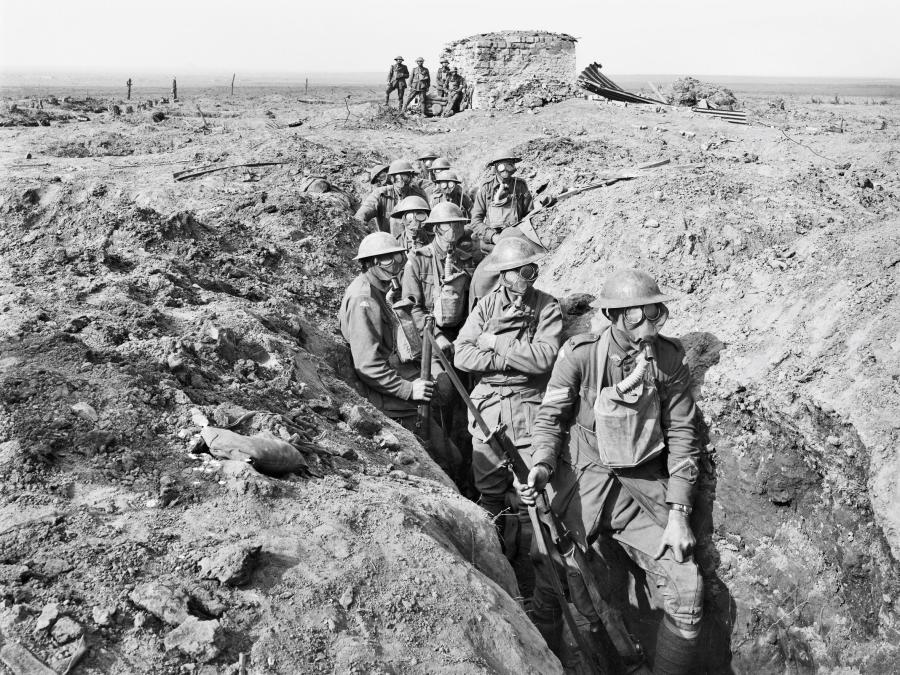Poison Gas
The first effective use of poison gas on the Western Front took place during the Second Battle of Ypres, when the German army unleashed some 170 tonnes of chlorine gas against French Colonial and Canadian troops with devastating effects. The Germans took small advantage by capturing several towns, but had not been prepared to exploit the breakthrough caused when the French colonial troops understandably broke and fled.
The use of poison gas sparked a race to deliver newer and more lethal types of gas and saw a rapid development of gas masks to protect the soldiers in the front line from the effects. But did poison gas hold the same terror for soldiers after Second Ypres? How effective was it in the conduct of offensive operations?
To read about the use of poison gas and the response to it by all nations during the First World War, you can purchase your copy of Wartime here.
